John O’Sullivan on why he founded Gladstone London
Fascinated by forgotten bag designs and production processes, John O’Sullivan set out to revitalise the leather-goods industry
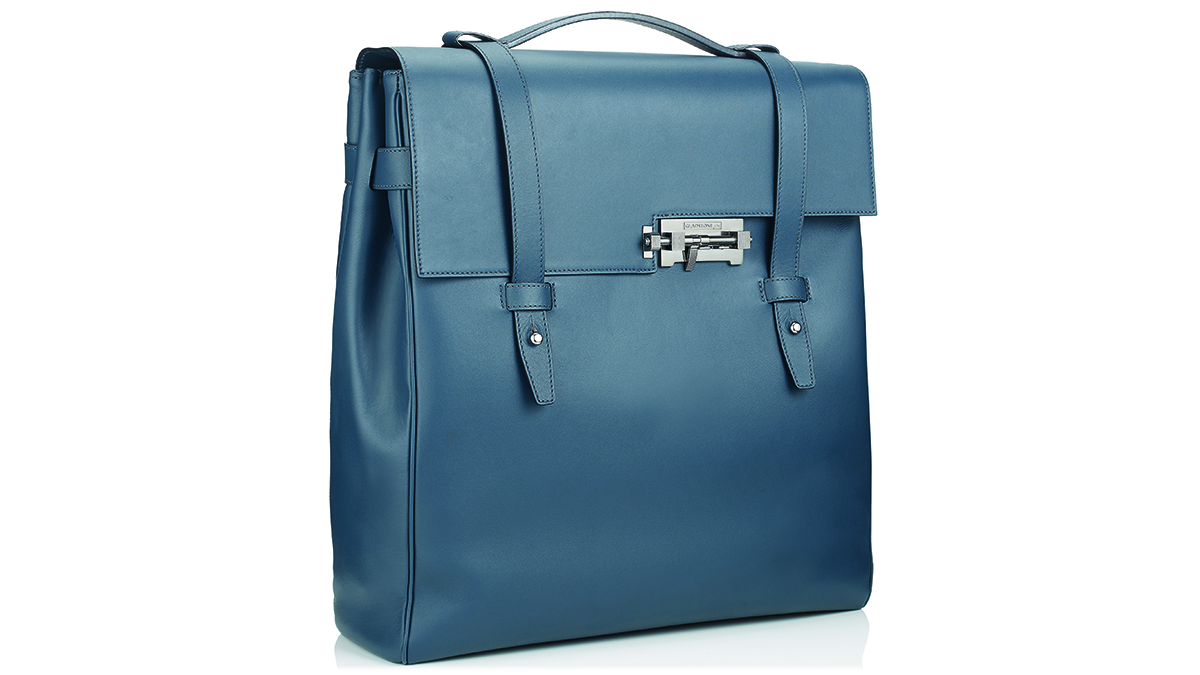
Experienced craftspeople have many stories to tell, and these stories come with time. Sadly, the fashion industry moves so fast nowadays, some elements of craftsmanship are removed, and many craftspeople are forced to retire, often because brands try to increase margins.
I started to work with leather goods company Tanner Krolle in 1997, when it was 141 years old, and its craft operations had been based in Islington, north London, for over 50 years. While working there, I met an elderly couple who wanted their luggage repaired – the bags weren’t made by Tanner Krolle, but I was intrigued, as one of the bags had a buttoned-in lining I’d not seen before.
A retired craftsman and friend of mine told me the buttoned lining was a linen laundry bag. In the Victorian age, you’d unbutton the lining and the laundry and inner bag would go to be washed, then everything would come back clean.
The Week
Escape your echo chamber. Get the facts behind the news, plus analysis from multiple perspectives.

Sign up for The Week's Free Newsletters
From our morning news briefing to a weekly Good News Newsletter, get the best of The Week delivered directly to your inbox.
From our morning news briefing to a weekly Good News Newsletter, get the best of The Week delivered directly to your inbox.
This insight from the past fascinated me and, when I started to question why so many beautiful bags get lost over time, I was gifted a book from the 1930s called The Art of Leather Craftsmanship in the UK. It contained design templates from leather-goods brands that are now long gone – most liquidated due to labour shortages after World War II. I saw the potential to revive traditional bag designs, and founded Gladstone London to bring back retired styles and crafting elements, making them relevant for today’s modern man.
While I want to restore a beauty and narrative that can only be created by skilled craftspeople, it’s important for me to be challenged by the younger generation. My designer, Mo, is 24 years old and very forward-thinking – he’s already worked on commissions for fashion icons including Daphne Guinness and Lady Gaga. Mo and I always look to the past, then try to understand the mood of the moment to predict which trends will re-emerge over the next few years.
Our designs are driven by function: a lot of luggage used to be carried by servants, so historically, they’re very heavy. Today, things are carried personally, so I make my bag constructions softer and lighter.
Each of Gladstone London’s bags are handmade in a small Italian factory near Lake Como by a team of 10 craftsmen, all dedicated to perfection, and the whole design and manufacturing process takes about 18 months. Once the designs have been sketched, they’re produced using computer-aided design (CAD), and I choose a unique colour, working with the tannery to get the shade just right, a process that usually takes around six weeks.
A free daily email with the biggest news stories of the day – and the best features from TheWeek.com
At the same time, the hardware is developed by a jeweller based in Florence. I wanted our lock to be iconic, and, when I looked back to art movements of the 1930s, I liked the idea of a bolt/pistol lock, then experimented with diamond-cutting on the bolt to make it modern.
When it’s time to test everything together, the modellista – the most senior craftsperson in the factory – will make two or three samples, onto which we mark our changes. Generally, we’re happy with the third sample and the patterns are cut around that, but sometimes we work through the night, making decisions about small details such as the colour of the stitching or the position of the branding.
My bags are made inside out then turned, to make them less rigid, so the skill of a turner is extremely important. The finishing includes contrast hand-stitching and edge staining, where the edge of the raw leather is painted with the tiniest of brushes, before it’s rubbed with sandpaper and beeswax. I’ve seen many specialist leather-craft skills decline over the years, so it’s my aim to keep them alive.
Bags start from £275; gladstonelondon.com
John O’Sullivan started his career as a Saturday boy in Harrods’ fragrance department. He then worked with leather-goods brands MCM and Tanner Krolle, before founding Gladstone London, named after the Victorian bag design created to memorialise prime minister William Ewart Gladstone.
-
 Zimbabwe’s driving crisis
Zimbabwe’s driving crisisUnder the Radar Southern African nation is experiencing a ‘public health disaster’ with one of the highest road fatality rates in the world
-
 The Mint’s 250th anniversary coins face a whitewashing controversy
The Mint’s 250th anniversary coins face a whitewashing controversyThe Explainer The designs omitted several notable moments for civil rights and women’s rights
-
 ‘If regulators nix the rail merger, supply chain inefficiency will persist’
‘If regulators nix the rail merger, supply chain inefficiency will persist’Instant Opinion Opinion, comment and editorials of the day
-
 Sport on TV guide: Christmas 2022 and New Year listings
Sport on TV guide: Christmas 2022 and New Year listingsSpeed Read Enjoy a feast of sporting action with football, darts, rugby union, racing, NFL and NBA
-
 House of the Dragon: what to expect from the Game of Thrones prequel
House of the Dragon: what to expect from the Game of Thrones prequelSpeed Read Ten-part series, set 200 years before GoT, will show the incestuous decline of Targaryen
-
 One in 20 young Americans identify as trans or non-binary
One in 20 young Americans identify as trans or non-binarySpeed Read New research suggests that 44% of US adults know someone who is transgender
-
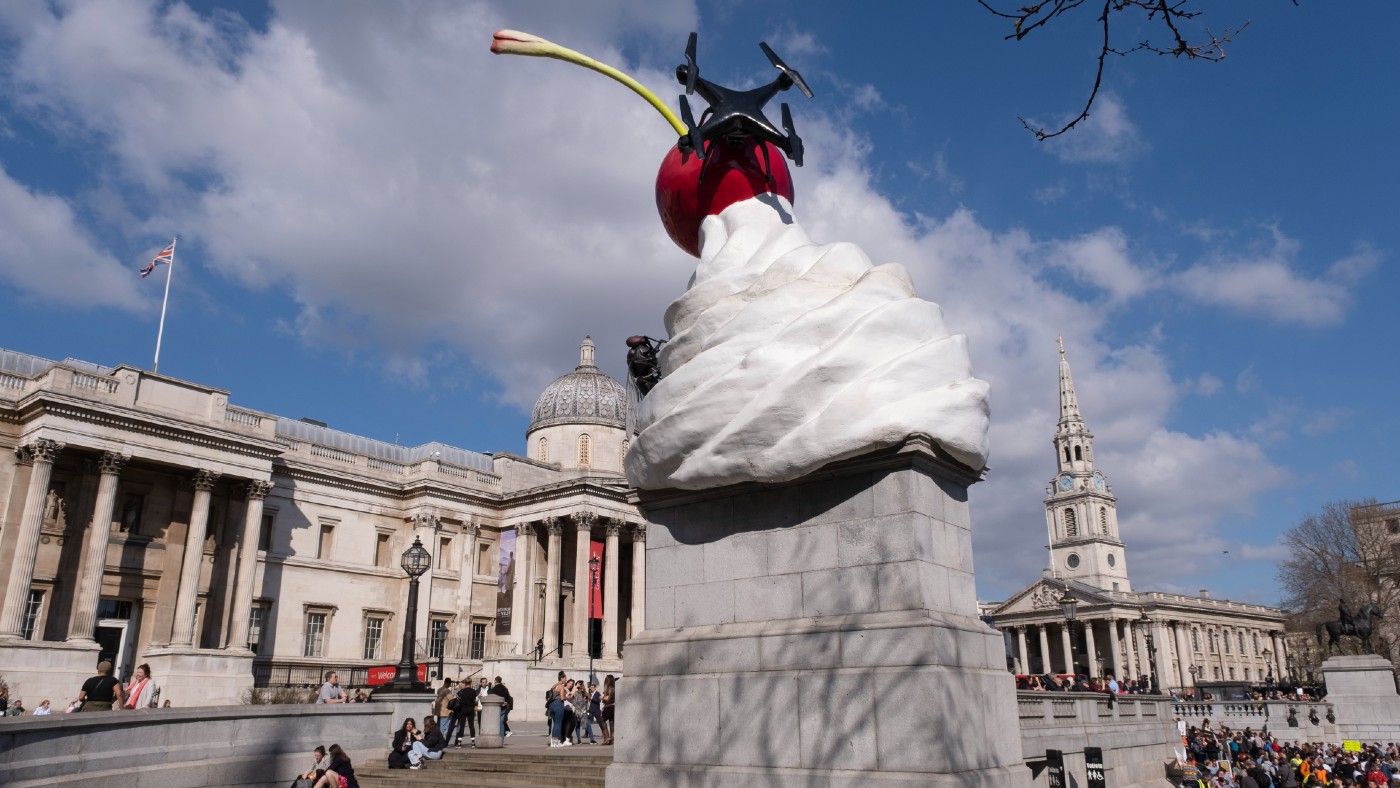 The Turner Prize 2022: a ‘vintage’ shortlist?
The Turner Prize 2022: a ‘vintage’ shortlist?Speed Read All four artists look towards ‘growth, revival and reinvention’ in their work
-
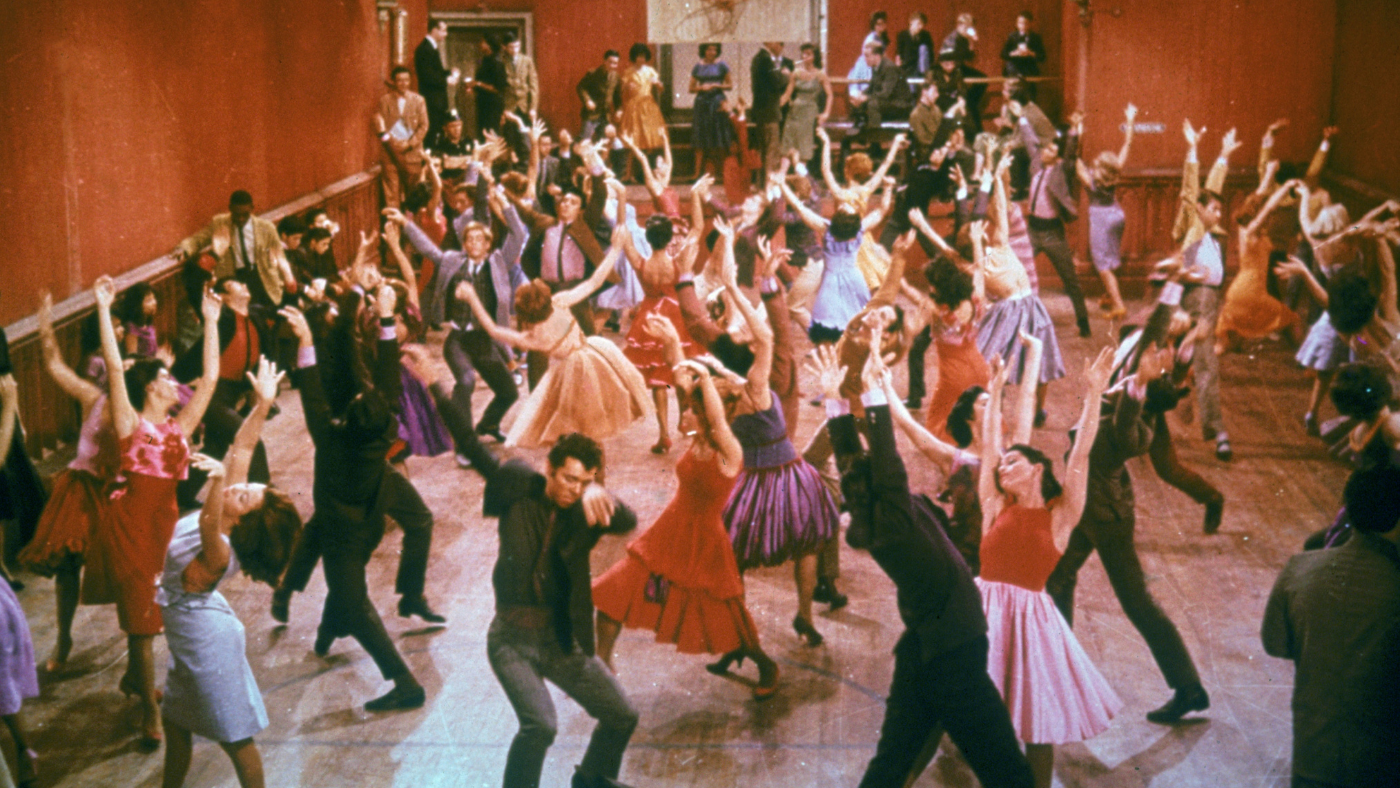 What’s on TV this Christmas? The best holiday television
What’s on TV this Christmas? The best holiday televisionSpeed Read From films and documentaries to musicals for all the family
-
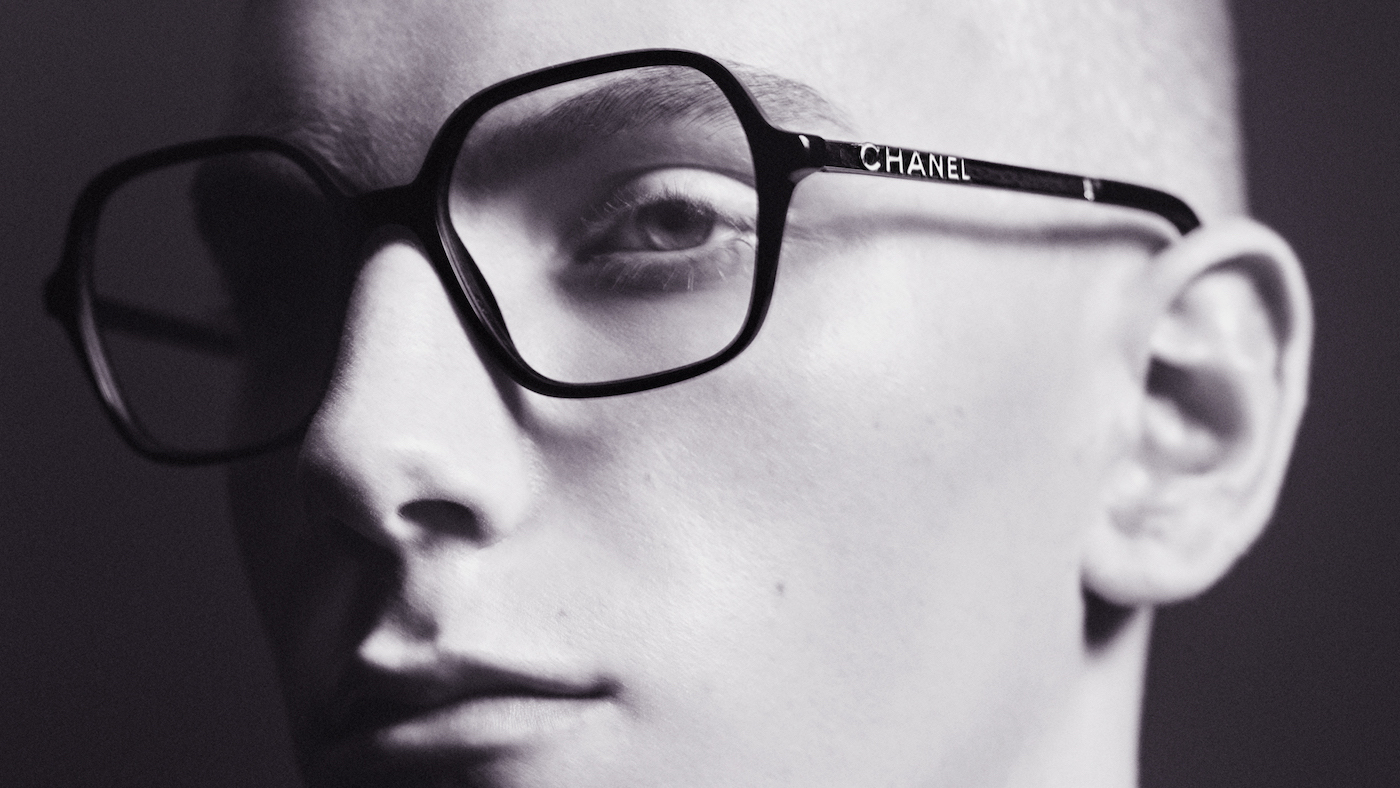 Coco vision: up close to Chanel opticals
Coco vision: up close to Chanel opticalsSpeed Read Parisian luxury house adds opticals to digital offering
-
 Abba returns: how the Swedish supergroup and their ‘Abba-tars’ are taking a chance on a reunion
Abba returns: how the Swedish supergroup and their ‘Abba-tars’ are taking a chance on a reunionSpeed Read From next May, digital avatars of the foursome will be performing concerts in east London
-
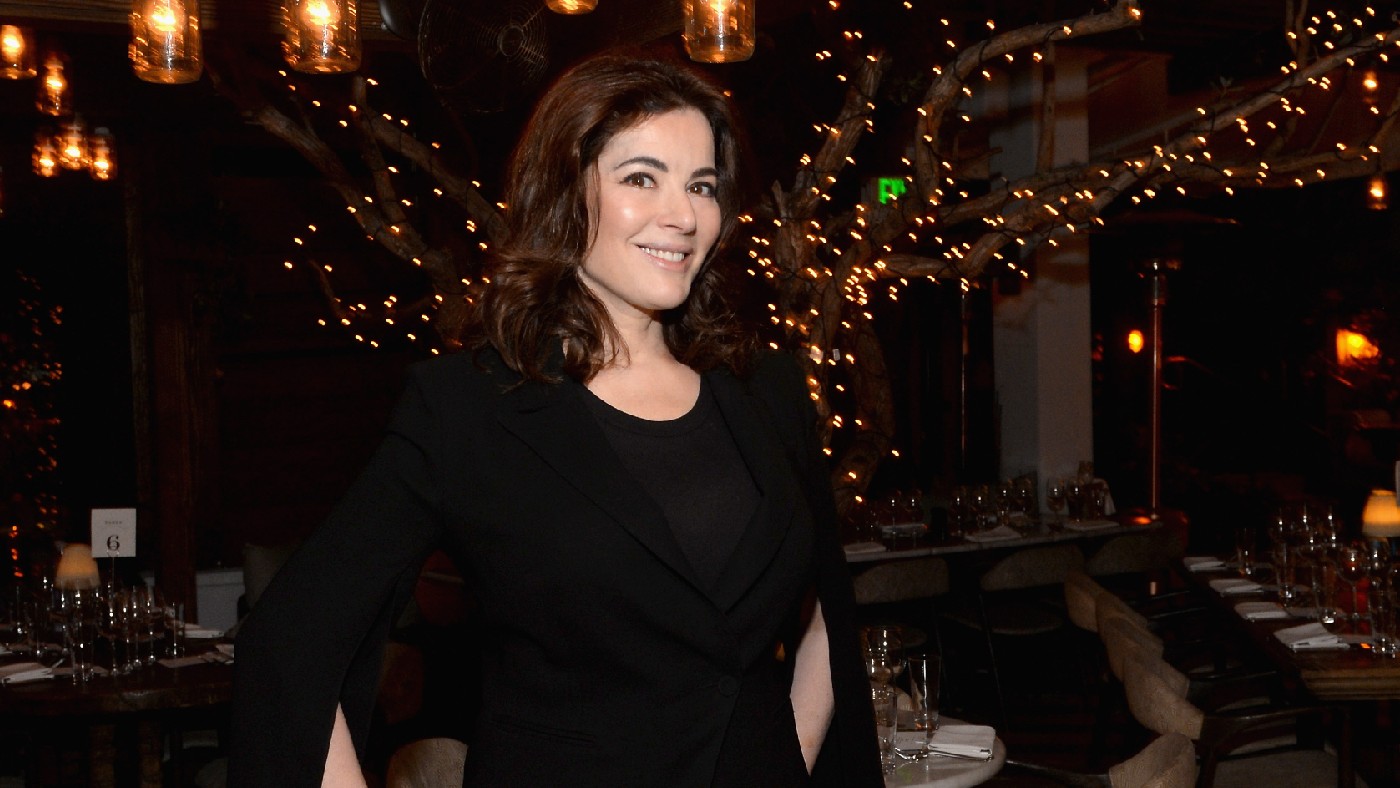 ‘Turning down her smut setting’: how Nigella Lawson is cleaning up her recipes
‘Turning down her smut setting’: how Nigella Lawson is cleaning up her recipesSpeed Read Last week, the TV cook announced she was axing the word ‘slut’ from her recipe for Slut Red Raspberries in Chardonnay Jelly